

Established companies rely on past experience to estimate unrealized bad debts, but new companies must rely on published industry averages until they have sufficient experience to make their own estimates. Uncollectable accounts are the portion of a company’s sales that they do not expect they will receive from their customers. This is also known as bad debt and can be reflected and managed in different ways on the company’s financial statements. This lesson will cover the direct write-off method for accounting for uncollectable accounts. The direct write-off method of accounting for bad debts records the loss from an uncollectible account receivable when it is determined to be uncollectible.

A company will debit bad debts expense and credit this allowance account. This allowance can accumulate across accounting periods and may be adjusted based on the balance in the account. The adjusting entry to estimate the expected value of bad debts does not reduce accounts receivable directly.
Recommended explanations on Business-studies Textbooks
A purchase of supplies with cash was incorrectly recorded as a debit to prepaid insurance and credit to accounts payable. Bad Debts expense is increased and Accounts Receivable is decreased at the end of the period to recognize bad debts under the allowance method. Bad debt accounting can become incredibly complex and might introduce errors into your bookkeeping process. Use the following best practices to manage and record uncollectible accounts correctly. When deciding whether to use the direct write-off method or the allowance method to account for bad debts, you should think about a few things.
- A company that ends the year with bad debt can write that bad debt off on their tax return.
- Thus, GAAP only allows the allowance method while making financial statements.
- The direct write-off method can help companies budget more effectively.
The first method is the allowance method, which establishes an allowance for doubtful accounts, or bad debt provision, that has the effect of reducing the balance for accounts receivable. When the customer pays off their accounts, one debits cash and credits the receivable in the journal entry. The accounts receivable department may write off uncollectible accounts because it is no longer worth spending effort on collecting the debt. In some cases, the cost of pursuing the debt might outpace the amount owed. For example, going to court might cost more upfront in legal fees and labor hours than the unpaid debt.
Tax Write Off
The Internal Revenue Service permits companies to take a tax deduction for bad debts only after specific uncollectible accounts have been identified. Unless a company’s uncollectible accounts represent an insignificant percentage of their sales, however, they may not use the direct write‐off method for financial reporting purposes. Therefore, most companies use the direct write‐off method on their tax returns but use the allowance method on financial statements. Most businesses who sell goods and services on credit will take steps prior to the sale to help minimize the likelihood of uncollectable accounts. Typically, the company will complete a credit check and establish some sort of credit limit for customers, at least initially until the customer has proven themselves credit worthy.
Researcher is Making Waves in Physics – DISCOVER Magazine
Researcher is Making Waves in Physics.
Posted: Fri, 21 Apr 2023 00:03:54 GMT [source]
To keep the business’s books accurate, the direct write-off method debits a bad debt account for the uncollectible amount and credits that same amount to accounts receivable. Reporting a bad debt expense will increase the total expenses and decrease net income. Therefore, the amount of bad debt expenses a company reports will ultimately change how much taxes they pay during a given fiscal period. This is why GAAP doesn’t allow the direct write-off method for financial reporting. As tax returns are created on a cash basis, the write-off method of estimating bad debts expenses is useful as it involves fewer calculations, and hence, tax returns can be prepared easily.
The rules of Generally Accepted Accounting Principles are not followed while preparing the financial statements under the direct write-off method. Sean Butner has been writing news articles, blog entries and feature pieces since 2005. His articles have appeared on the cover of “The Richland Sandstorm” and “The Palimpsest Files.” He is completing graduate coursework in accounting through Texas A&M University-Commerce. He currently advises families on their insurance and financial planning needs. GAAP requires to use of the allowance method among the two methods. As the direct write-off method does not conform with the matching principle , GAAP prohibits this method.
The specific percentage will typically increase as the age of the receivable increases, to reflect increasing default risk and decreasing collectibility. There are several other methods for accounting for bad debts, including the allowance method and the percentage of sales method. The direct write-off method is just one of several options available to businesses. The original journal entry for the transaction would involve a debit to accounts receivable, and a credit to sales revenue. Once the company becomes aware that the customer will be unable to pay any of the $10,000, the change needs to be reflected in the financial statements. This means that when the loss is reported as an expense in the books, it’s being stacked up on the income statement against the revenue that’s unrelated to that project.
Bad Debt Expense Definition and Methods for Estimating
The percentages will be estimates based on a company’s previous history of collection. Using the direct write-off method also violates the GAAP because of how it records things on the balance sheet. Financial statements are not giving an accurate portrayal of how the business is doing financially. Bad debt is an expense that a business incurs once the repayment of credit previously extended to a customer is estimated to be uncollectible. In addition, it’s important to note the change in the allowance from one year to the next. Because the allowance went relatively unchanged at $1.1 billion in both 2020 and 2021, the entry to bad debt expense would not have been material.
If the company is certain that a customer cannot repay its debt, it identifies the account receivable as uncollectible. The direct write-off method is used to record the bad debt expense. If you use the general journal for the entry shown in the immediately previous cash receipts journal, you post the entry directly to cash and accounts receivable in the general ledger and also to J. In the ledger, Accounts Receivable shows a debit balance of $12,500. In accounting, accounts receivable is a current asset account that records all sales of goods, supply of service, etc., on an account basis.
Why Did Journalists Help the Justice Department Identify a Leaker? – The Intercept
Why Did Journalists Help the Justice Department Identify a Leaker?.
Posted: Thu, 13 Apr 2023 07:00:00 GMT [source]
By writing off a debt as soon as it is determined to be uncollectible, the company acknowledges that it will not be able to collect the debt and recognizes the loss. This gives a more accurate picture of the company’s finances and can help keep people from overstating how strong they are. This distortion goes against GAAP principles as the balance sheet will report more revenue than was generated. This is why GAAP doesn’t allow the direct write off method for financial reporting.
This is considered an expense because bad debt is a cost to the business. Direct write off method and allowance method are the two widely used methods to account for bad debts. When goods are sold on credit, the customers settle due amounts at a later date.
What Is a Bad Debt Expense?
Although only publicly held companies must abide by GAAP rules, it is still worth considering the implications of knowingly violating GAAP. Because write-offs frequently occur in a different year than the original transaction, it violates the matching principle; one of 10 GAAP rules. For example, revenue may be recorded in one quarter and then expensed in another, which artificially inflates revenue in the first quarter and understates it in the second.
LWV forum shows how red tape ties up housing options – Sedona Red Rock News
LWV forum shows how red tape ties up housing options.
Posted: Fri, 21 Apr 2023 14:00:00 GMT [source]
However, all of the invoices and letters he has mailed have been returned. When we decide a customer will not pay the amount owed, we use the Allowance for Doubtful accounts to offset this loss instead of Bad Debt Expense. Consider a roofing business that agrees to replace a customer’s roof for $10,000 on credit. The project is completed; however, during the time between the start of the project and its completion, the customer fails to fulfill their financial obligation. Bad debt expense recognition is delayed under the direct write-off method, while the recognition is immediate under the allowance method.
What are some limitations of using the direct write-off method?
A credit memo adopts strategies to reduce costs or raise income to improve its bottom line. The direct write-off method allows you to write off the exact bad debt, not an estimate, meaning that you don’t have to worry about underestimating or overestimating uncollectible accounts. At this point, the $500 would be considered uncollectible, so Wayne needs to remove it from his accounts receivable account. If he does not write the bad debt off, it will stay as an open receivable item, artificially inflating his accounts receivable balance.

The Coca-Cola Company , like other U.S. publicly-held companies, files its financial statements in an annual filing called a Form 10-K with the Securities & Exchange Commission . Let’s try and make accounts receivable more relevant or understandable using an actual company. The amount used will be the ESTIMATED amount calculated using sales or accounts receivable. Businesses can only take a bad debt tax deduction in certain situations, usually using what’s called the “charge-off method.” Read more in IRS Publication 535, Business Expenses. Bad debt, or the inability to collect money owed to you, is an unfortunate reality that small business owners must occasionally deal with.
Significance of Bad Debt Expense
This will indicate any breaches of credit terms if there are any. The direct write off method allows a business to record bad debt expense only when the company is confident that the debt is unrecoverable. The account is removed from the accounts receivable balance and bad debt expense is increased. The sales method applies a flat percentage to the total dollar amount of sales for the period. For example, based on previous experience, a company may expect that 3% of net sales are not collectible. If the total net sales for the period is $100,000, the company establishes an allowance for doubtful accounts for $3,000 while simultaneously reporting $3,000 in bad debt expense.
- The percentage of sales method simply takes the total sales for the period and multiplies that number by a percentage.
- Some of the people it owes money to will not be made whole, meaning those people must recognize a loss.
- For accountants, the direct write-off method is an important part of their day-to-day work.
- Companies write off bad debts to maintain accurate accounting records.
- While both are methods of accounting for bad debts, the difference between direct write off method and allowance method can be seen according to the way they are treated in accounting records.
- The direct write-off method was one of the earliest and has been used for several centuries.
This can cause a difference between the company’s income and its costs, which makes it hard to measure the company’s financial performance accurately. The direct write-off method is generally less expensive to implement than other methods of accounting for bad debts, such as the Allowance Method. This is because the direct write-off method does not require businesses to estimate bad debt allowances or adjust their financial statements. The direct write off method is simpler than the allowance method as it takes care of uncollectible accounts with a single journal entry.
To better understand the answer to “what is the direct write-off method,”? Bad debt refers to any amount owed by a customer that will not be paid. The direct write-off method of accounting for bad debts allows businesses to reconcile these amounts in financial statements. A bad debt expense is recognized when a receivable is no longer collectible because a customer is unable to fulfill their obligation to pay an outstanding debt due to bankruptcy or other financial problems. Companies that extend credit to their customers report bad debts as an allowance for doubtful accounts on the balance sheet, which is also known as a provision for credit losses.
The direct write off method is a way businesses account for debt can’t be collected from clients, where the Bad Debts Expense account is debited and Accounts Receivable is credited. If you’re a small business owner who doesn’t regularly deal with bad debt, the direct write-off method might be simpler. But the allowance method is more commonly preferred and often used by larger companies and businesses frequently handling receivables.
The allowance method lets companies estimate bad debts based on what has happened in the past and change the estimate as needed. This takes into account how uncertain it is to collect on accounts receivable. By taking into account how uncertain it is to get paid on accounts receivable, the allowance method gives a more accurate picture of a company’s financial situation.
With the direct write-off method, there is no contra asset account such as Allowance for Doubtful Accounts. Therefore the entire balance in Accounts Receivable will be reported as a current asset on the company’s balance sheet. As a result, the balance sheet is likely to report an amount that is greater than the amount that will actually be collected.
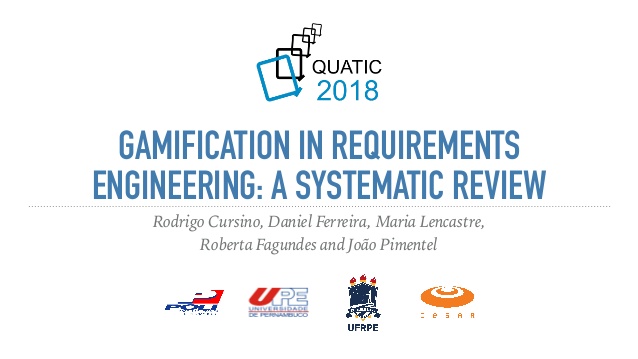

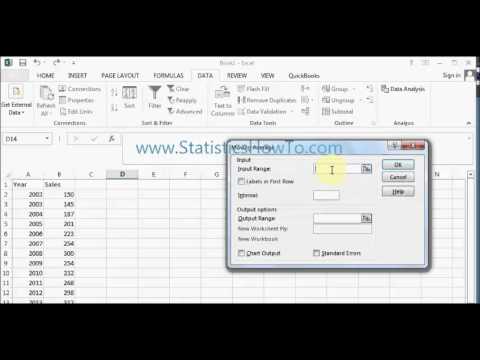
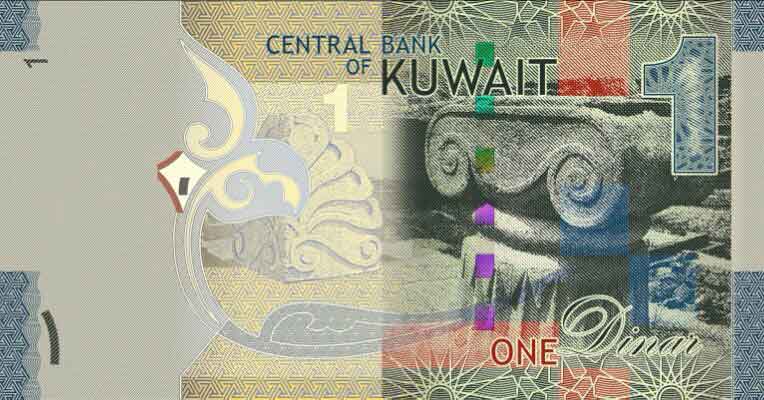
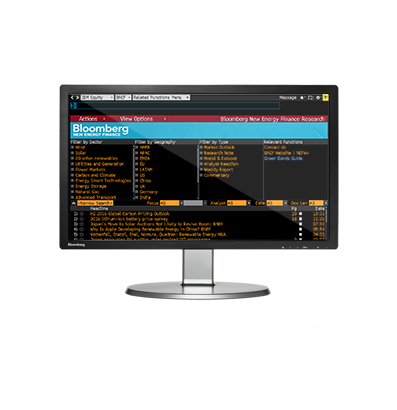






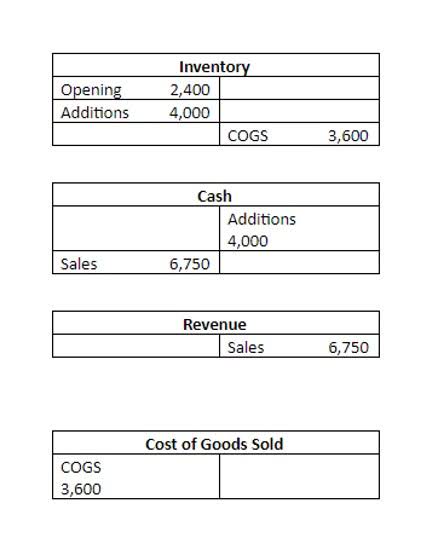
Recent Comments